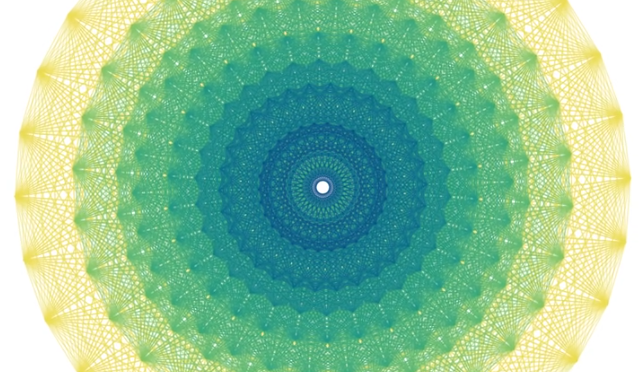
Quantum gravity
Movies about the research in quantum gravity and symmetry.
One of the greatest challenges in theoretical physics is the unification of quantum field theory and Einstein´s general relativity into a theory of quantum gravity. The two fundamental theories are not compatible with each other within the known physical laws. But if we want to understand what happens inside a black hole or at the Big Bang, we need a theory that combines both.
Symmetries: The most successful principle in physics
Both Einstein's general relativity theory and the standard model of quantum field theory are based on principles of symmetry. Hermann Nicolai, Director at the Max Planck Institute for Gravitational Physics in Potsdam, explains why symmetry is the most successful principle in physics.
https://www.youtube.com/watch?v=oEg90ctBs9g
Explaining the physics of everything with symmetries
Quantum field theory and Einstein's general relativity are not compatible with each other within the known physical laws. But if we want to understand what happens inside a black hole or at the Big Bang, we need a theory that combines both.
https://www.youtube.com/watch?v=qNLc2FQ9Tkw
Interview Dr. Alexander Blum
Dr. Alexander Blum (Max Planck Institute for the History of Science, MPIWG) leads the Max Planck Research Group “Historical Epistemology of the Final Theory Program” in collaboration with the Max Planck Institute for Gravitational Physics (Albert Einstein Institute, AEI). The group works to bring together research in physics and history of science.
https://www.youtube.com/watch?v=s1rmQORPZYE
Cosmological billiard
The cosmological billiard is a model for the development of our universe in its very early phase, immediately after the Big Bang. Here space is a so-called hyperbolic space, which can be represented as a circular disc. It is tiled in triangles, which all have the same area due to the hyperbolic scales. The development of the universe then corresponds to the movement of a fictitious billiard ball within a triangle, with the position of the billiard ball corresponding to the shape of the universe
https://www.youtube.com/watch?v=DF2NZxnARVA
Loop quantum gravity
The animation visualises the quantum evolution of geometry in Loop Quantum Gravity. The colours of the faces of the tetrahedra indicate where and how much area exists at a given moment of time. The movie illustrates how these excitations of geometry change as dictated by the Quantum Einstein Equations. Technically, the faces form a complex dual to the graph of a spin network state and the colour shows the amount of spin (area) with which the edges of the graph area are charged.
https://www.youtube.com/watch?v=26PIHRRHGTo
A journey to the strings
Starting in the macroscopic world - with a glass of water - the animation shows a journey to the tiny building blocks of matter.
https://www.youtube.com/watch?v=9gUwK5oGVZ8





